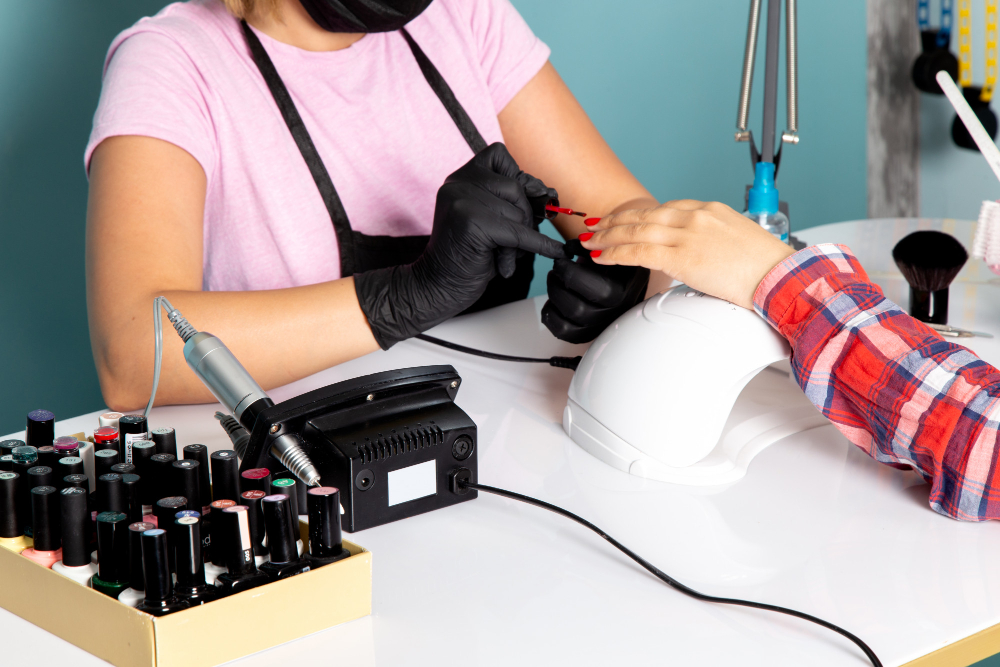In recent years, inflation has become a significant concern for both consumers and businesses. As prices rise across various sectors, the beauty industry is no exception. The impact of inflation on beauty service costs is multifaceted, affecting both providers and clients. Understanding these changes is crucial for anyone involved in the beauty sector, whether you’re a salon owner, a beautician, or a client trying to budget for your next appointment.
Understanding Inflation and Its Broad Effects
Inflation, defined as the rate at which the general level of prices for goods and services rises, eroding purchasing power, has widespread effects on the economy. It affects everything from basic necessities to luxury items. In the beauty industry, inflation can lead to increased operational costs for salons and spas, which in turn may cause a rise in service prices.

The Mechanics of Inflation in the Beauty Industry
Beauty services rely heavily on products and equipment that are subject to price changes due to inflation. From shampoos and conditioners to high-tech salon equipment, any increase in the cost of these items directly affects service pricing. Additionally, higher utility bills and rent can add further financial strain on beauty businesses.
- Product Costs: Rising costs of raw materials can lead to higher prices for beauty products.
- Operational Costs: Higher rent and utility bills can force salons to increase service charges.
- Labor Costs: To cope with inflationary pressures, staff wages might need adjustment.
The Impact on Beauty Service Providers
For beauty service providers, inflation poses significant challenges. Many small businesses operate on tight margins, meaning even small increases in overheads can have serious implications. With customers often unwilling or unable to absorb price hikes, salons must balance between maintaining profitability and retaining clientele.
Adjusting Business Strategies
Many salons are adapting by implementing innovative strategies to manage costs while still providing quality services. This includes:
- Sourcing Alternatives: Seeking alternative suppliers who offer competitive pricing can help salons reduce product costs.
- Service Bundling: Offering bundled services at a discount encourages clients to spend more per visit without perceiving an increase in individual service costs.
- Efficiency Improvements: Streamlining operations to reduce waste and improve service speed can help offset rising expenses.

Consumer Behavior in Response to Rising Costs
The impact of inflation is equally felt by consumers who may find themselves needing to adjust their spending habits. As beauty service costs rise, individuals may prioritize essential over luxury treatments or extend the time between appointments.
Navigating Price Increases
Consumers are not without options when it comes to managing increased beauty service costs. Here are some ways they can adapt:
- Loyalty Programs: Taking advantage of salon loyalty programs can provide discounts or free services over time.
- D.I.Y. Options: Many consumers are turning to do-it-yourself solutions for basic maintenance between professional treatments.
- Selective Spending: Prioritizing essential services over luxury ones helps keep beauty care within budget constraints.
The Long-term Outlook for Beauty Services Amid Inflation
The future landscape of the beauty industry amid ongoing inflation remains uncertain. While some adjustments have proven effective in the short term, the long-term sustainability of these strategies will largely depend on broader economic trends and consumer confidence levels.
Pioneering Resilience
The ability of beauty businesses to adapt will be key to their resilience against inflationary pressures. Innovations in both product development and service delivery will likely define success stories in this sector going forward. Additionally, maintaining transparent communication with clients about pricing changes can help maintain trust and loyalty during challenging times.
Conclusion
The impact of inflation on beauty service costs today is undeniable, influencing both service providers and consumers alike. By understanding these dynamics and remaining adaptable to change, industry players can better navigate this challenging economic landscape. Whether it’s through strategic business adjustments or savvy consumer practices, there are effective pathways available for managing the effects of inflation.
Ultimately, staying informed and prepared is essential as both providers and clients work together towards sustainable solutions that ensure the continued vibrancy of the beauty industry despite economic challenges.




